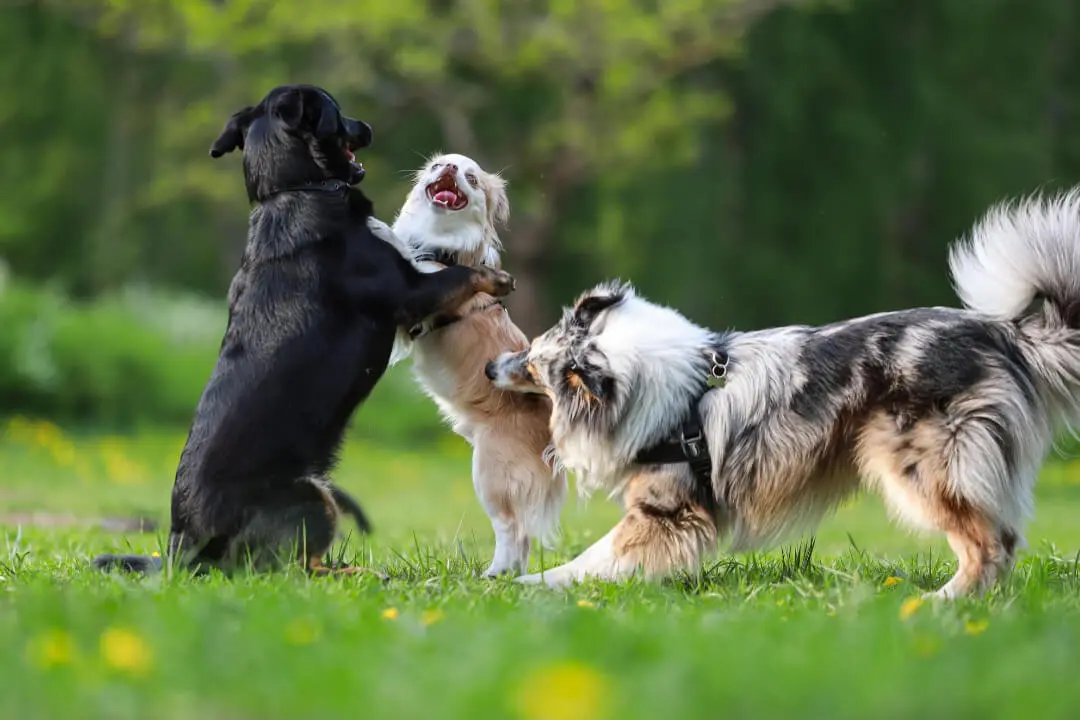Dogs in the park, what an adventure! The first outdoor walks with our four-legged friend are always the most exciting because they represent a new experience for him and for us and are a unique moment to spend together, as well as safeguarding the health and well-being of our furry friend. Most popular destination is undoubtedly the park.
dogs in the park is a real trend these days!
Going to the park helps socialization and stimulates our dog to exercise and thus to movement that is good for his health. Small premise: during the early days you should take him out as often as possible since being small he cannot control his physiological needs and has to learn from scratch.
Once he grows up, it is enough to take him out three times a day and take him on a field trip once a week to get to know new places and spend time together. The park is a place of entertainment and recreation for him, where he learns to connect with other dogs.
To be walked, the dog must be at least three months old and vaccinated so that he is protected and can safeguard those around him. He must always be accompanied on a leash, and listen to the commands given to him, so that he does not cause problems for us or for others.
Dogs are unpredictable; lots of attention and affection are always needed!
Listening and obeying are very important elements when going out of the house, as well as walking hand in hand with its owner without pulling, for this reason, an important aspect is to teach our dogs to obey the recall.
The recall is a very important aspect that first requires that the relationship between dogs and owners be close and strong. Eye contact is the first key aspect to achieve this.
The gaze, but also gestures and tone of voice are elements that dogs interpret as real language. With a firm, firm voice, the dog will be able to understand what is being asked of him, and it is important to always use the same terms without shouting or scolding him, so that he gets used to link a quietly spoken word with a certain gesture.
Gestures are another element that the dog interprets clearly: to indicate a point where you want the dog to go, simply point to it with your finger.
To make the dog obey the recall, what is called positive reinforcement is used.
Positive reinforcement involves rewarding the dog when he behaves the way we want him to behave, thus spurring him to behave that way whenever we want to get something out of him. The rewards we refer to are usually snacks, an element that serves our purpose well. Through this operation the recall becomes an increasingly less problematic but manageable moment on a large scale.
A clarification should be made at this point: however, the rewards we get from positive reinforcement should decrease as the dog learns the commands, so that he does not obey only when it comes to receiving a reward. Caresses and cuddles are more than sufficient for our purpose once we get what we want.
The training phase is always the hardest, and requires a lot of patience and perseverance, especially if the dog has a rebellious and playful nature. Getting angry or upset is counterproductive since it leads the dog to become agitated since it senses our mood.
Good luck!





